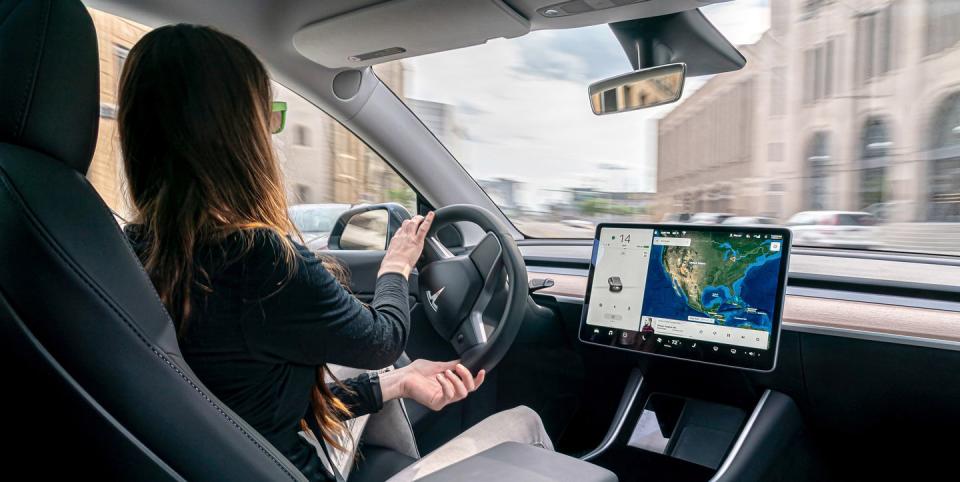EVs Explained: Consumption Versus Efficiency

In vehicles with combustion engines, the concepts of efficiency and consumption are one in the same. Not so with EVs.
Not only is energy lost in the charging process, but energy is used when the vehicle is just sitting waiting to be used.
An EV's efficiency rating is typically expressed in MPGe, or miles per gallon equivalent. That accounts for all the energy expended by the vehicle.
Quite reasonably, EV owners tend to focus on the energy their cars use to move—information that's almost always somewhere in the operating data accessed via the infotainment system.
Whether it shows up there as watt-hours per mile (Wh/mi), as Tesla prefers, or miles per kWh (employed by many other EVs), drivers want to know how much energy their cars consumed over how many miles—and what that means for their next trip.
But the energy consumption of the car's powertrain, climate control, and other subsystems while driving is just one part of an EV’s overall efficiency. In a vehicle with a combustion engine, those two concepts—efficiency and consumption—are one in the same. In EVs, it's more complicated. Energy not only gets lost during the charging process, but also when the car's sitting parked and going nowhere at all.
The owner's manual for the Model 3 says to expect about a 1 percent drop in the battery's state of charge for every day it sits unused. But we've seen that figure jump as high as 12 percent in a single day for our long-term Model 3 during a frigid midwest winter when the temperature dropped to -10 degrees. Pre-conditioning the cabin before driving off—warming or cooling the cabin using electricity either from the battery, if unplugged, or from the wall—is another use of energy not accounted for in the consumption figure.
An EV's efficiency rating, typically expressed in MPGe, or miles per gallon equivalent, accounts for all the energy expended by the vehicle. It’s a metric created to compare the energy efficiency of EVs to that of gas-powered vehicles by showing how many miles they can travel on the energy contained in 1 gallon of gasoline (the EPA defines that as 33.7 kilowatt-hours, but different fuel blends can have slight variations).
Data from our long-term 2019 Tesla Model 3 Long Range Dual Motor test car highlights the difference between consumption and efficiency in EVs.

 Yahoo Autos
Yahoo Autos 